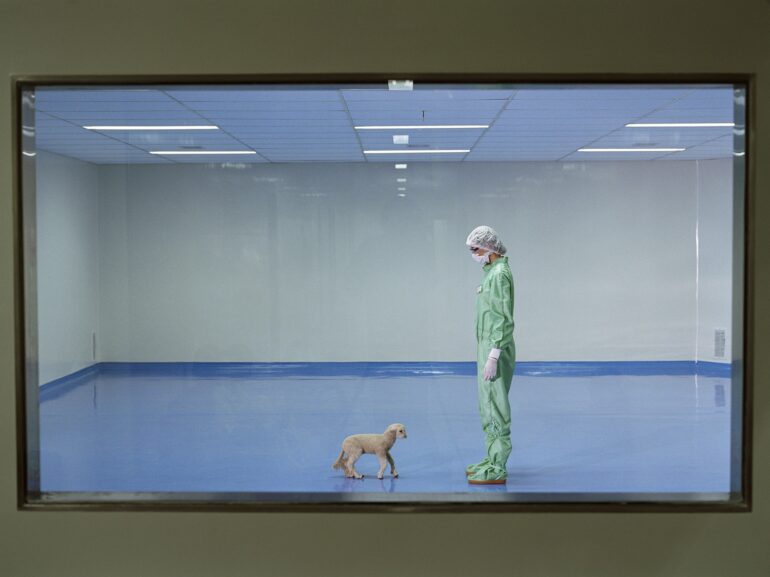A proposed measure in Switzerland would have made that country the first to ban medical and scientific experimentation on animals. It failed to pass in February 2022, with only 21% of voters in favor. Yet globally, including in the United States, there is concern about whether animal research is ethical.
We are scientists who support ethical animal research that reduces suffering of humans and animals alike by helping researchers discover the causes of disease and how to treat it. One of us is a neuroscientist who studies behavioral treatments and medications for people with post-traumatic stress disorder – treatments made possible by research with dogs and rodents. The other is a veterinarian who cares for laboratory animals in research studies and trains researchers on how to interact with their subjects.
We both place high importance on ensuring that animal research is conducted ethically and humanely. But what counts as “ethical” animal research in the first place?
The 4 R’s of animal research
There is no single standard definition of ethical animal research. However, it broadly means the humane care of research animals – from their acquisition and housing to the study experience itself.
Federal research agencies follow guiding principles in evaluating the use and care of animals in research. One is that the research must increase knowledge and, either directly or indirectly, have the potential to benefit the health and welfare of humans and other animals. Another is that only the minimum number of animals required to obtain valid results should be included. Researchers must use procedures that minimize pain and distress and maximize the animals’ welfare. They are also asked to consider whether they could use nonanimal alternatives instead, such as mathematical models or computer simulations.
These principles are summarized by the “3 R’s” of animal research: reduction, refinement and replacement. The 3 R’s encourage scientists to develop new techniques that allow them to replace animals with appropriate alternatives.

L’Oreal Brazil CEO Marcelo Zimet looks at microscope samples at the Episkin laboratory, which has developed alternative methods to animal testing.
Mauro Pimentel/AFP via Getty Images
Since these guidelines were first disseminated in the early 1960s, new tools have helped to significantly decrease animal research. In fact, since 1985, the number of animals in research has been reduced by half.
A fourth “R” was formalized in the late 1990s: rehabilitation, referring to care for animals after their role in research is complete.
These guidelines are designed to ensure that researchers and regulators consider the costs and benefits of using animals in research, focused on the good it could provide for many more animals and humans. These guidelines also ensure protection of a group – animals – that cannot consent to its own participation in research….
